Can We Really Accelerate the Great Commission? How Lausanne 4 is Redefining Global Mission Strategy
Reflections from L4: Part Three

By Dr. Allen Yeh, Dean and VP of Academic Affairs at International Theological Seminary.
This is my final installment of a trilogy of articles reflecting on Lausanne 4: theology, unity, and now strategy, which reflect the three directions of the Church as being vertical, horizontal inward, and horizontal outward, respectively.
I have a relatively long history with the Lausanne movement. When I was an M.Div. student at Gordon-Conwell, I met Doug Birdsall, who was then the Missions director at our seminary. It was through his influence that I was onboarded to the Lausanne movement. I ended up going to my very first Lausanne meeting, the 2004 Forum in Pattaya, Thailand (which was the meeting in which Birdsall was installed as the new Lausanne Chairman). There is something about the smaller Lausanne gatherings that—even though they do not have the flash of the larger Congresses—is intimate and wonderful. At the 2004 Forum, due to its smaller size, I was able to have a lot of personal conversations with Lausanne legends like Chris Wright, Tim Tennent, Valdir Steuernagel, Todd Johnson, Ralph Winter, and René Padilla. (Like father, like daughter, I remember Padilla sent around an anti-Iraq-war petition for everyone to sign). I was part of René Padilla’s issue group on holistic mission, and we crafted Lausanne’s Occasional Paper No. 33.
At Pattaya, I also met Michael Oh. I’ve included photos of me and him from back then, and now 20 years later. I distinctly remember the exact moment I met him: we randomly sat next to each other at dinner and we discovered numerous parallels between us: both young Asian Americans, roughly the same age, working on our PhDs at the time (he at Penn, me at Oxford), and both of us were new, at our very first Lausanne meeting. And we reflected on our youth (at least, back then we were young! And two years later we also attended the Lausanne Younger Leaders’ Gathering, or YLG, in 2006 in Port Dickson, Malaysia) and our education. Michael said something to me that has stuck with me ever since: “Age is just a number, and a degree is just a piece of paper!” This speaks to one of Lausanne’s strategies, namely, to empower younger leaders and people working in every sector of society.
As such, strategy is the focus of this article: Lausanne has long sought to mobilize the Evangelical world for missions, with varying degrees of success. At Lausanne I in 1974, probably the two most prominent voices from the plenary stage were Ralph Winter (who redefined the “nations” as ethno-linguistic groups, focusing on Unreached People Groups) and René Padilla (who influenced John Stott to write The Lausanne Covenant in the direction of holistic mission). These were concepts that shook the missiological landscape. At Lausanne II in 1989 in Manila, the most famous idea to come out of that Congress was Luis Bush’s framing of the 10/40 Window (10 degrees latitude North to 40 degrees latitude North, a swath of land which is considered the most non-Christian and unreached today: North Africa, the Middle East, and South and Southeast Asia, where most of the world’s Muslims, Hindus, Buddhists, etc. live) as a place to concentrate our missions efforts. This concept also greatly shaped the missions world, though it was more controversial whether or not the 10/40 Window was a helpful framing. But at Lausanne III in 2010 in Cape Town, it was not so much a famous theologian who rocked the proceedings, but a young North Korean high school girl named Gyeongju “Sarah” Son (who, incidentally, later became one of my students at Biola University) who gave her testimony which received a standing ovation. This was a welcome change indeed, as it signaled a shift of demographics to young people, to women, to the Majority World, to the persecuted church, and away from celebrity speakers, all of which are indicators of where global Christianity is headed, and which will be discussed below.
Lausanne 4 brought to the fore more current-day issues that require strategic thinking, of which I will highlight seven here:
1. Gaps
L4 engaged in numerous worldwide pre-Congress “listening calls” where they asked church, mission, and marketplace leaders what they thought were the most pressing “gaps” in preventing the Great Commission from being fulfilled, and they came up with a list of 25. Every delegate self-selected into one that they would work with throughout the duration of the Congress.
Being the author of the book Polycentric Missiology, I obviously chose to be part of the “Polycentric Missions” gap group, especially since this was mentioned from the plenary stage on the first day as one of the three reasons for holding L4 in the first place (“Reason 1: L4 is the first global mission conference in Hyperconnected era of the Fourth Industrial Revolution. Reason 2: L4 is the first global mission conference in a polycentric era of global missions. Reason 3: L4 is the first global mission conference in an era of multiple digital generations.”) I was so heartened to see almost 300 people in the room, all excited and ready to work on a collaboration for a polycentric mission! In fact, there was even another gap group called “Polycentric Resource Mobilization” led by Redina Kolaneci from Albania, so really, two of the 25 gaps had to do with polycentricity.
When my book came out in 2016, almost nobody had ever heard of the term “polycentric mission.” Then suddenly, in the past couple of years, everyone in missions circles has been using it, and its prominent role in L4 has really helped it pick up even more steam. An exciting piece of news is that my IVP editor was also at L4, and I pitched to him the idea of a sequel to Polycentric Missiology (although this time, instead of being a solo-authored volume, it would be an edited volume with many chapter contributors from all around the world, as befits the theme of polycentric mission), to which he reacted favorably. It is our hope that the book would be released in time for YLG ’26.
2. Technology
While Lausanne III had an incipient global broadcast called GlobaLink (which was cutting-edge in 2010), it was essentially just a live stream that made viewers simply passive listeners in “watch parties.” There were 650 physical GlobaLink sites set up in 91 countries which drew 100,000 unique visits to the website from 185 countries during the week of the Congress. To be fair, this helped engage the average layperson much more than what the first two Lausanne Congresses (which lacked such technology) did. One perennial problem in missions is the professionalization of the discipline, but the availability of such global access was an astounding feat in 2010 and helped bring in the everyday churchgoer, even if it was simply as an observer.
However, in 2024, L4 was able to make the virtual participants much more engaged. Instead of some 4200 in-person delegates at L3, there were 5394 at L4. The virtual participants numbered some 6000, bringing the L4 delegates up to almost 12,000 globally! Virtual participants were also able to be in table groups and gap groups to participate in the theologizing and strategizing, so they were far from passive. Given visa issues and economic obstacles, this helped to create a bit more equal access for people who hail from restricted areas or developing nations.
Technology is always a double-edged sword, however. Even for the in-person participants, the Wi-Fi was extremely spotty, and the app kept freezing (and everything was digital, such as the program schedule, so if the app crashed, we had no idea where to go for our next session!). However, there were also tremendous advantages, such as being able to message any delegate on the app or to look up which table they were sitting at, so it was quite easy to find anyone in the midst of the 5000+ people there.
During the breaks, there was the opportunity to visit an exhibition area called the Digital Discovery Center (I helped to man the booth for the Come & See Foundation, which supports the work of The Chosen TV show), which was unique because it was inspired by the World’s Fair, showcasing all the latest and greatest in digital technology that is being leveraged for missional work worldwide. It was an impressive display—and in keeping with the theme, no paper distribution was allowed, only screens and QR codes!
In the Gap groups, people filled out large posters with their brainstorming and uploaded them to the Cloud using the Collaborative Action website, from when AI was used to synthesize all the information. While AI can definitely be a helpful tool, it is still so new that it did not even exist when L4 was first being planned. I can only imagine it was a late addition to the game. Therefore, is it reliable enough to do its job for us? Is it still too immature a technology? Dare we entrust the great task of synthesizing global missions strategies and completing the Great Commission to AI? These questions still need to be answered, but L4 went for it anyway.
3. The Persecuted Church
The Persecuted Church was particularly highlighted on the fourth day of the Congress. Wow, this was refreshing. In contrast to the triumphalism that we often hear from the Western church, the stories of lament, suffering, and persecution in so many parts of the world were heartrending and sobering. There were numerous sessions that were not allowed to be broadcast (I think particularly of an Iranian speaker), and the L4 emcees had to remind people not to film or post on social media anything of what was seen or heard for security reasons and for the protection of the speakers and the churches they represented. Many delegates also wore white lanyards, showing that they came from security-conscious contexts, so we were reminded not to take pictures of or with them. These stories from the global persecuted church brought tears to our eyes and brought us to our knees in prayer and repentance. It also was a stark reminder to the Western church not to be so focused on our “First World Problems”: somebody saying something critical about your political affiliation on social media does not equal persecution or suffering! Also, every morning, there was a Bible exposition on the Book of Acts, led by speakers from every continent, and tying the modern-day persecuted church to the first-century persecuted church showed us that this was nothing new, and in fact, this is something to be expected for the people of God.
There were also moments of joy: unlike the first three Lausanne Congresses in which the Chinese house church leaders could not attend due to travel restrictions by their own government, this time, there were some 100 who made it! How can we properly be unified and ecumenical if we are missing representatives from the second-largest nation on earth by population? (India surpassed China in population in April 2023).
4. Younger Leaders
Lausanne is very conscious of not aging itself out by only being run by gray-haired people. One of the reasons for the selection of Michael Oh as CEO is that, back in 2013, when he took on the reins of Lausanne, he was the youngest member of the Lausanne Board. Of course, as mentioned above, he (and I!) can no longer be considered “younger leaders.” I had a mini-reunion with some of my friends from YLG ’06, and we joked that we are now MLGs, but at least we are not yet OLGs! Today’s Lausanne board continues the tradition by having people of every generation represented on it, and several of the plenary sessions focused on Gen Z, with speaker Denise-Margaret Thompson from Trinidad & Tobago devoting an entire speech on how to reach Gen Z on the second morning, and a panel of Gen Zers giving their testimonies on the fifth morning.
Gen Z was also given leadership in the 25 gap groups by being facilitators. They were not affinity hosts or content specialists, but this gave them emcee roles and up-front responsibilities to keep everyone on track, and they did a fantastic job. Speaking of the gap groups, “The Next Generation” was by far the largest of the 25, at around 1200 people! But I was heartened to see that “The Global Aging Population” was also included as a gap group, as people are so enthusiastic about youth but often neglect the elderly, which is a major blind spot in missions.
As the Congress was winding down, the next major Lausanne event that was announced was the YLG ’26 (following the YLGs in Singapore ’87, Malaysia ’06, and Indonesia ’16). The big deal about this is that a major Lausanne event will be held in Latin America for the first time—specifically in São Paulo, Brazil. I am part of a newly formed Lausanne group called InterACT, which aims to bridge the generations for missional work. We will be coordinating with the YLG planning team. As YLG ’26 follows right after L4, hopefully there will be a lot of momentum and excitement for developing the next generation of missional leaders.
5. Reconciliation
In many ways, reconciliation is at the heart of missions. I often teach my students that the best biblical definition of mission is reconciliation, exhibited by 2 Cor. 5:19, “God was reconciling the world to himself in Christ, not counting people's sins against them. And he has committed to us the message of reconciliation.” At L3, held in South Africa, there was no mention of the legacy of apartheid (which prompted a protest document that was circulated), but at least at L4, much lament was made about a divided Korea, as well as reconciliation with Japan (when the head of the Japanese Lausanne committee, Masanori Kurosawa, and the head of the Korean Lausanne committee, Jaehoon Lee, led communion together on the last day, it was powerful and a concrete exhibition of such reconciliation). Brazilian Sarah Breuel (a missionary in Italy) also gave a memorable and moving plenary speech on reconciliation on the first morning of the Congress. This kind of reconciliation is another way to show the unity I talked about in my last article.
6. Creation Care
On the second night, plenary speaker Katharine Hayhoe (professor at Texas Tech University) devoted a whole speech to the topic. Indigenous theologian Jocabed Solano from Panama (Executive Director of Memoria Indigena) also highlighted how creation care plays out in her native community in Central America. And immediately following L4, there was another Lausanne conference of the Global Creation Care Forum held in Busan (South Korea’s second-largest city) from September 28 to October 2.
(On a side note, Busan hosted a number of other post-L4 events, including a meeting of a fairly new polycentric mission group called COALA—which stands for “Christ Over Asia, Latin America, and Africa”—held from September 30 to October 1.)
7. Marketplace
Lausanne had a different strategy for its invitees this time: instead of mainly having pastors, missionaries, and ministry leaders, they wanted 50% of the delegates to be from the workplace. The fourth morning had two plenary sessions entirely devoted to this topic, from people who worked in the fashion industry to others who worked in the tech industry (I remember one woman, Joanna Ng, who works for IBM Canada and holds 49 patents!) and others in the medical field.
All this is a LOT. In some ways, it is just the tip of the iceberg, as the amount of data and energy generated from the almost 12,000 people at L4 cannot be easily encapsulated in my article. But let me ask an alternative question: ironically, for all the heat and light generated, is this enough to carry us forward to L5? (Much was made of the year “2050”—I don’t think they intended that to be the year of L5 since that would be 26 years away, which would make it the biggest-ever distance between Lausanne Congresses, but it probably was just mentioned because it’s a nice round number. Another number that is often mentioned is 2033, as that is the 2000th anniversary of Jesus’s resurrection, but that is probably too soon to host L5.)
Regardless of the date, was this the right approach at all? Is a programmatic, cerebral, data-driven attempt to “accelerate the completion of the Great Commission” really the right strategy? And is the question of strategy even the right question to ask? Maybe God wants our hearts more than he wants our heads and our hands. Maybe we need to be focused more on people than programs. And maybe we really need to be focused on a Person most of all. This is the distinction between the Missio Dei (focusing on God’s mission) against the missions ecclesiae (focusing on human programs of the church), which missiological greats such as David Bosch have encouraged us to do. Not that those are mutually exclusive ideas, but we always want to be sure to keep them in the right order.
Dr. Allen Yeh is Dean and VP of Academic Affairs at International Theological Seminary located near Los Angeles. He earned his B.A. from Yale, M.Div. from Gordon-Conwell, M.Th. from Edinburgh, and D.Phil. from Oxford. Allen has been to over 60 countries on every continent, to study, speak at conferences, do missions work, and experience the culture. He is also the author of Polycentric Missiology: 21st Century Mission from Everyone to Everywhere (IVP, 2016), and co-editor (along with Tite Tienou, former Dean of Trinity Evangelical Divinity School) of Majority World Theologies: Theologizing from Africa, Asia, Latin America, and the Ends of the Earth (William Carey, 2018).




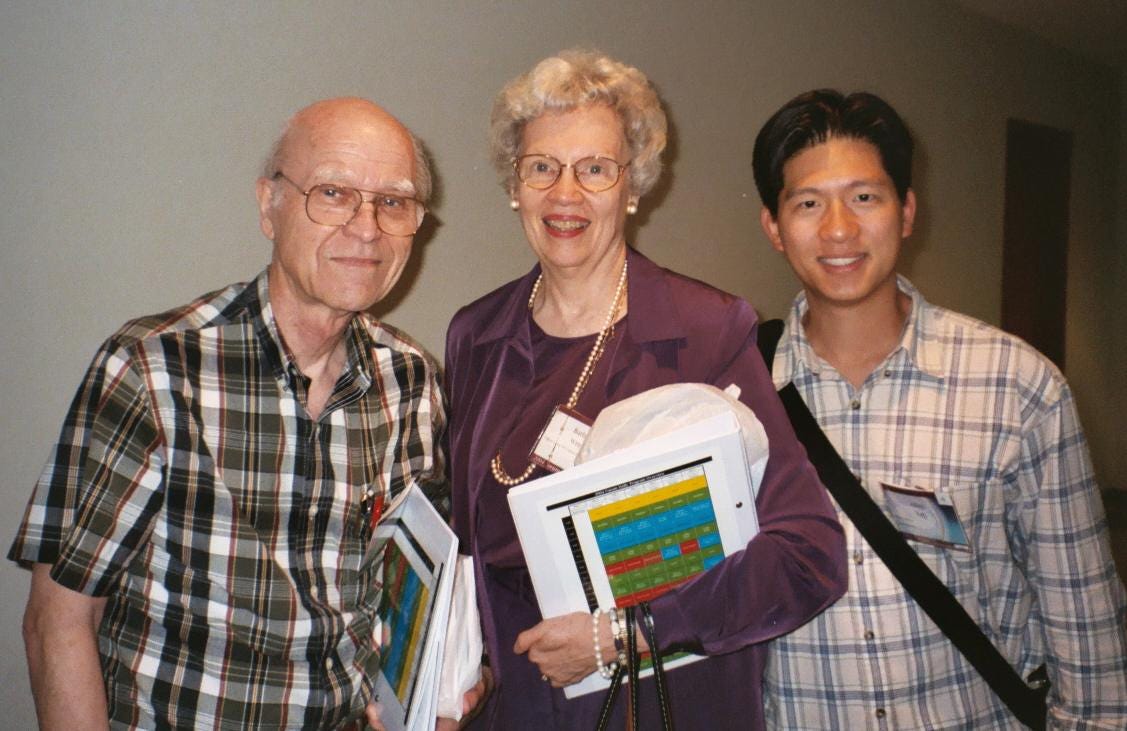
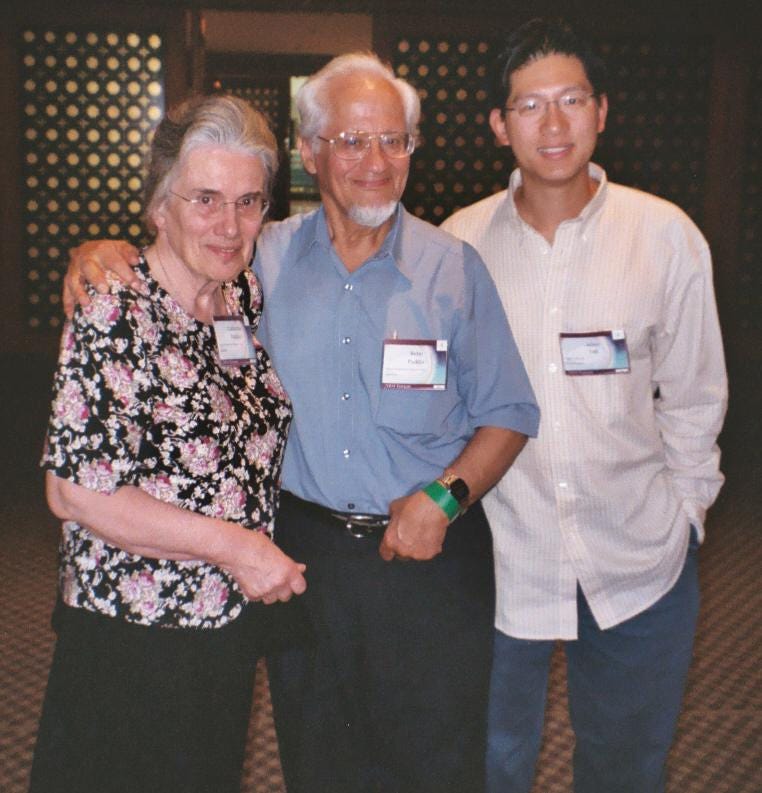
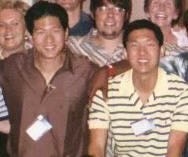


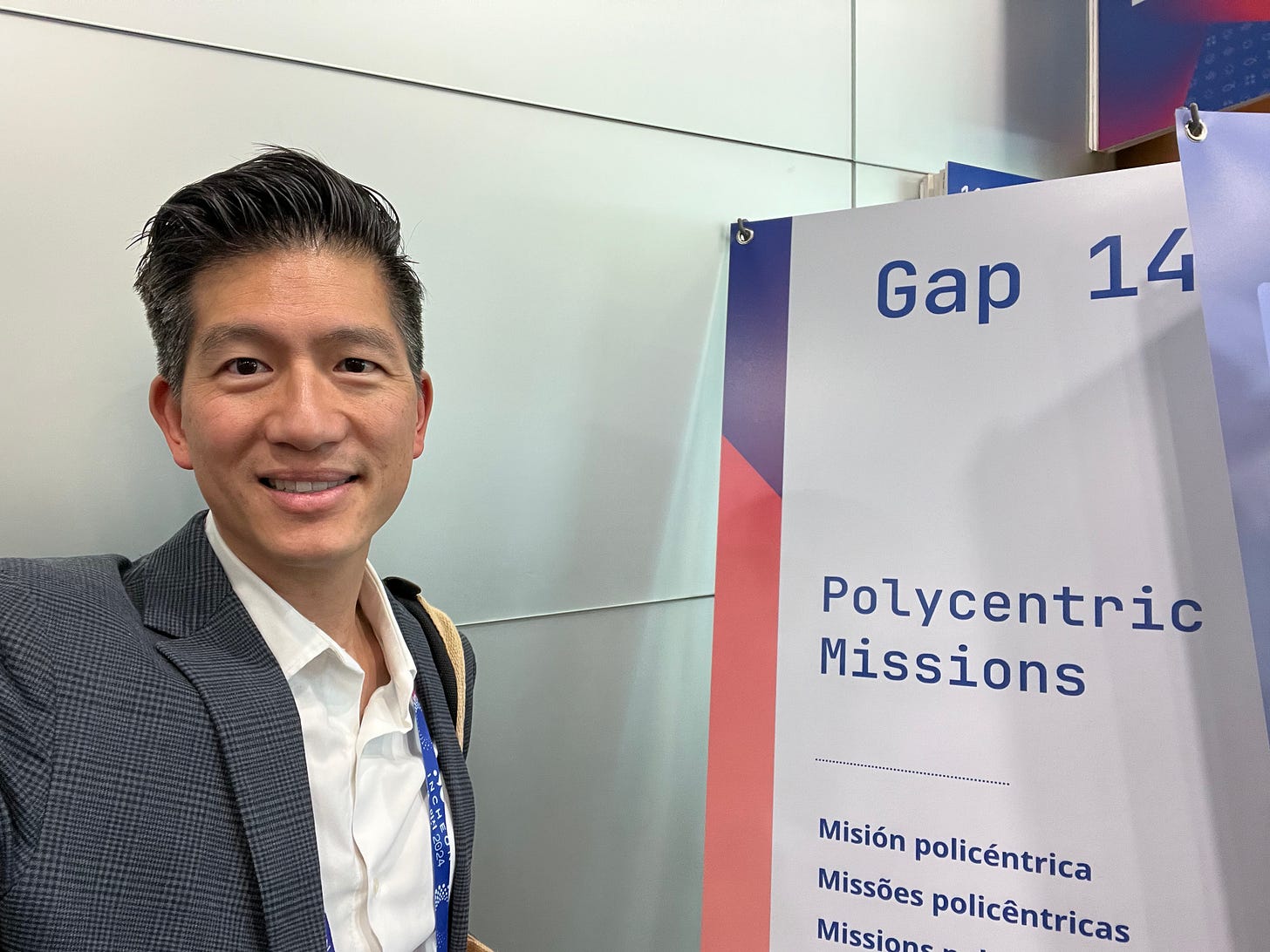
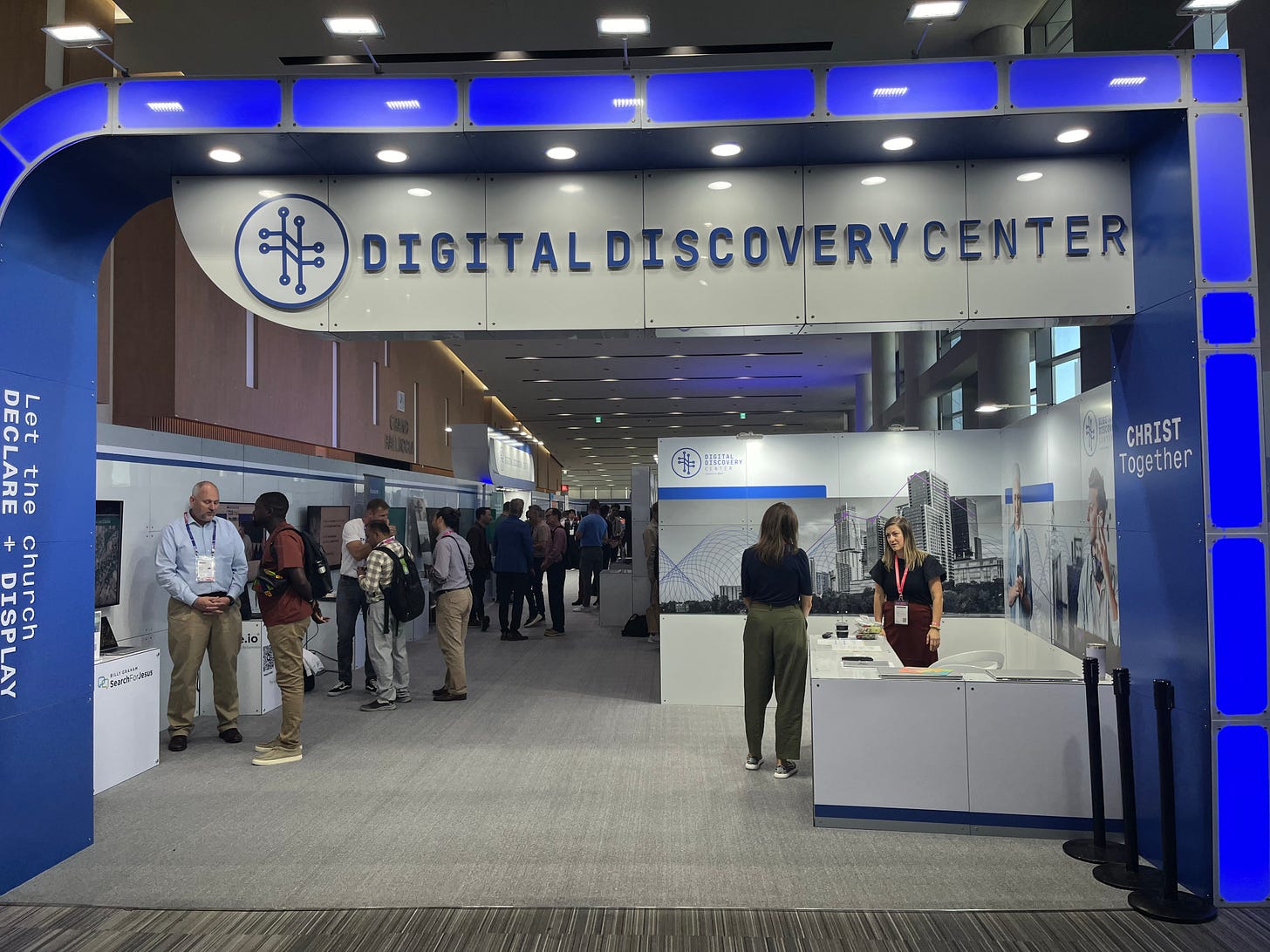

Thanks for these really thorough and thoughtful articles. Your last paragraph is the best. In my local context that is all we are working on right now… how we can learn to start with Jesus as the head in every situation, learn to hear him and then follow with what he stirs up. Strategy and ideas come last and sometimes never at all. Jesus comes first. That’s what we’re trying for anyway! :-)
This is a very interesting thread about the dimensions of the Church and you have explained it perfectly well.